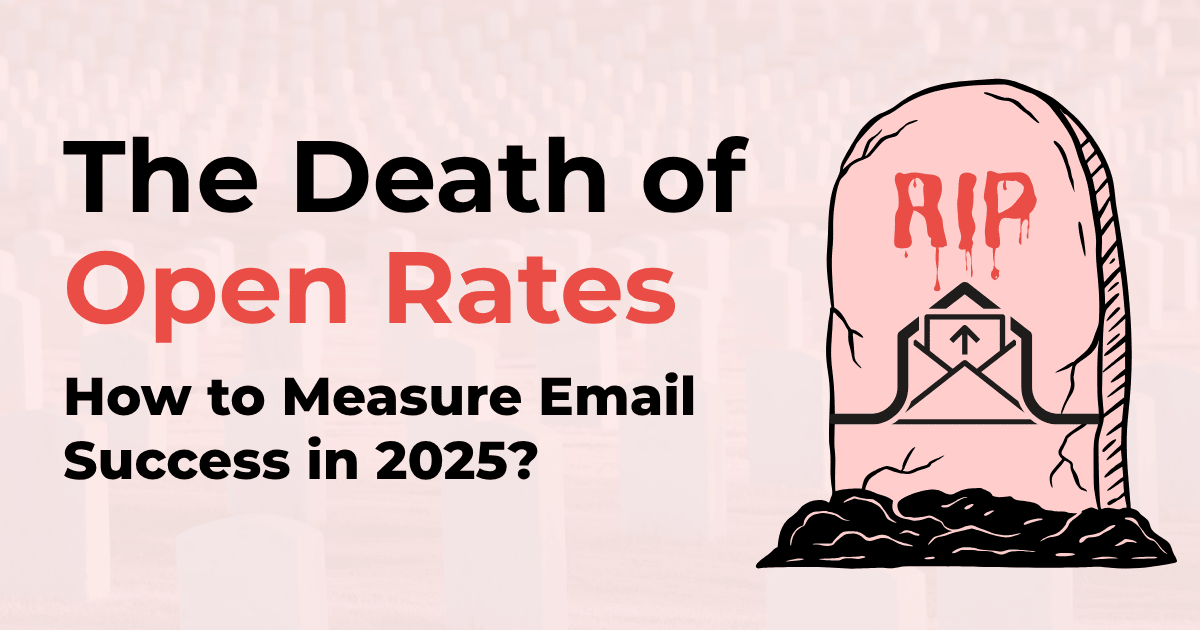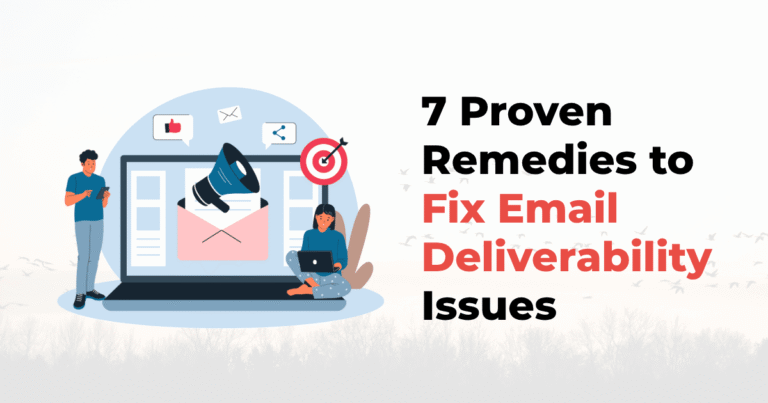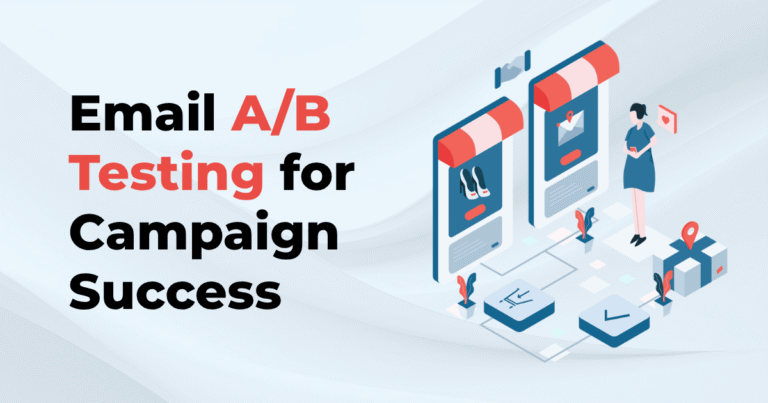For years, open rates have been the go-to metric for email marketers. A high open rate was like a badge of honor. It meant that your subject line worked, your timing was on point, and your audience engaged with your emails. But in 2025, relying on open rates is like measuring the success of a movie based on how many people watched the trailer.
Email marketing has evolved, and so have the ways we measure its success. With privacy updates affecting open rates and AI filtering email differently, it’s time to re-strategize email marketing. But if open rates are no longer a reliable indicator, then what is?
Why do open rates no longer tell the full story?
The decline of open rates didn’t happen overnight and was rather a slow shift. While open rates continue to provide a general idea of how an email might have performed, they have become far less reliable with time. Privacy changes, evolving email algorithms, and shifting user behaviour have all contributed to their decline as a primary success metric.
Apple’s Mail Privacy Protection (MPP), launched in 2021, was one of the major pivotal moments. By preloading email images—including tracking pixels, before users actually opened the email, it inflated open rates and made them unreliable. A 2023 Litmus study found that MPP affected nearly 50% of all email opens, making it impossible to tell real engagement from automated tracking. Along with Apple, Gmail and Outlook have also refined how they filter emails.
This shift forces marketers to rethink how they measure success. So, instead of focusing on how many people opened an email, the real question should be: Did it drive meaningful engagement? This means tracking actions that show us the real intent, such as click-through rates, conversions, and long-term subscriber behavior.
The New Metrics That Define Email Success
With open rates becoming less reliable, email marketing success now comes down to deeper engagement and measurable actions, which have always been there but now require more attention. The focus should shift to metrics that reflect how well emails drive interaction, build relationships, and contribute to business goals.
- Click-through rate
Click-through rate has always been an important metric, but its importance has grown even more. If someone clicks on a link in your email, it means they were interested enough to take action. However, not all clicks are equally important. Simply tracking any click isn’t enough, and you need to measure the right ones. For instance, are they clicking on your main call-to-action button, or are they just opening an image?
The key to improving CTR lies in Hyper-personalization. AI email marketing tools can dynamically adjust content based on subscriber behaviour patterns and their preferences. Personalized emails generate significantly higher CTRs than generic ones. Campaign monitor study found that personalized subject lines increased CTRs by up to 50%. Personalization goes beyond just using the recipient’s name. It includes product recommendations, location-based content, and behavioral segmentation that ensures every recipient gets content tailored to their specific needs.
Another crucial factor is email design and structure. A cluttered email with too many links and poor mobile optimization can lower click rates. A clean, visually appealing layout with a clear CTA button increases engagement.
- Conversion rate
While clicks are an important sign of interest, they don’t pay the bills—conversions do. Conversion rate is what ultimately determines the success of your email campaigns. A conversion can mean different things for various business models, such as purchases, sign-ups, webinar submissions, and form submissions. Tracking the conversion rate allows marketers to measure ROI from email campaigns directly. But instead of just looking at direct conversions, it is also important to track assisted conversions where an email plays a role in a longer buying journey. For example, someone might read the email and browse the website today but return to complete the action later.
One way to improve conversion rates is through segmentation. Not all email subscribers are at the same stage of the buying journey, so sending the right type of email at the right time can significantly boost conversions. For instance, a first-time visitor might need an educational email introducing your product, whereas a lead might respond better to an exclusive discount. A study by McKinsey found that companies using advanced segmentation see a 10-30% increase in revenue from email campaigns.
- Engagement over time
Email marketing isn’t about one one-time message, it’s about long-term engagement. Many marketers focus on the most recent campaign performance but fail to track but fail to check whether subscribers remain engaged over time.
A few high performing emails won’t mean anything if subscribers lose their interest over time. Tracking engagement data reveals patterns about which content keeps users engaged and which causes drop-offs. Brands that actively monitor engagement trends tend to have stronger customer retention and higher customer lifetime value(CLV).
Apart from focusing on variety, relevance, and value-driven content, re-engagement campaigns are also important. A study by Return Path found that re-engagement campaigns can recover 12-15% of inactive subscribers. If a segment of your audience hasn’t interacted with your emails in months, re-engagement emails with exclusive content can bring them back. Remember, a well-balanced email strategy keeps subscribers engaged and prevents email fatigue.
- Reply rate
For B2B and especially SaaS marketers, a reply is one of the strongest engagement signals. A reply shows that prospects are considering your solution. Buyers often need multiple touchpoints before making a decision. A response, whether it’s a question about pricing or features, indicates a high-intent lead that is moving through the funnel. According to Gong.io, prospects who reply to emails within five days are 21% more likely to convert. Email algorithms also give value to the engagement of your prospects with your emails, which means the more replies you get, the better your email deliverability will be.
The bottom line is that marketers who continue to chase open rates will find themselves making decisions based on flawed data. Instead, the focus should be on the deeper insights that we discussed above. The marketers who adapt to this shift will be the ones who thrive.




